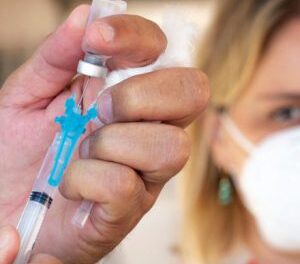The design and components of monitoring systems will vary according to the maturity of the programme and the resources available. This manual distinguishes two main categories of monitoring: regulatory monitoring and household or consumption monitoring. Regulatory monitoring includes four subtypes of monitoring: internal, external, import, and commercial, which collectively aim to provide consumers with fortified flour that is of high quality, safe, and adequately fortified. Consumption monitoring involves households and their members.
This manual covers selected WHO/CDC indicators for monitoring fortification programmes. The use of these standardized monitoring indicators can facilitate the comparison of results and sharing of knowledge across programmes worldwide. In brief, this manual aims to:
• present a general monitoring framework to assist with the design and implementation of monitoring systems for flour fortification programmes;
• facilitate the use of standard WHO/CDC indicators;
• provide examples of practical tools which may be used for monitoring purposes;
• highlight relevant examples from existing fortification programmes;
• serve as a resource for training persons involved in the design, implementation, and management of flour fortification monitoring systems.
This document is intended for stakeholders of the country’s fortification programme who have an interest in and/or authority for setting up monitoring of the programme. Stakeholders may include government agencies that oversee fortification; government agencies that monitor fortification, such as inspectors and staff of the food control authority; industry partners that fortify or are part of the supply chain, such as millers, flour importers, and premix manufacturers; research institutions; consumer-protection groups; fortification programme managers and international organizations that provide technical assistance to food and nutrition programmes.
Full document












